Replacing California’s Oldest and Dirtiest Cars Will Save Money and Lives
Union of Concerned Scientists
JUNE 6, 2023
Older vehicles (pre-2004) make up 19% of the state’s passenger vehicles and only 12% of miles driven, yet they emit almost 3 times as much smog-forming, nitrogen-oxide pollution as all 2004 and later vehicles combined. These pollutants react in the atmosphere to form harmful particulate matter pollution known as PM 2.5.


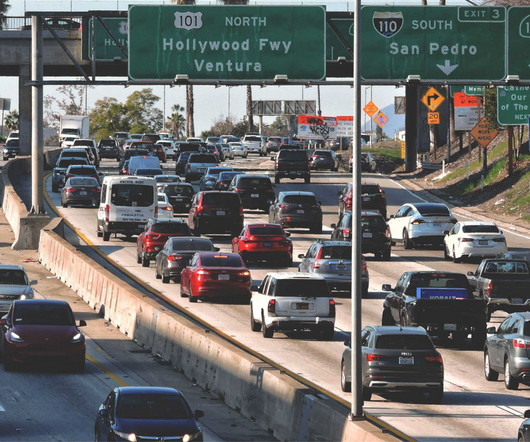
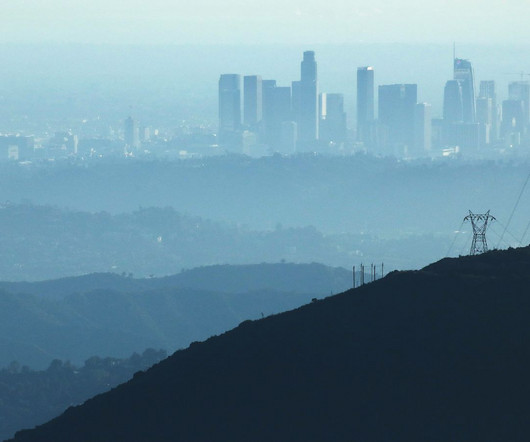
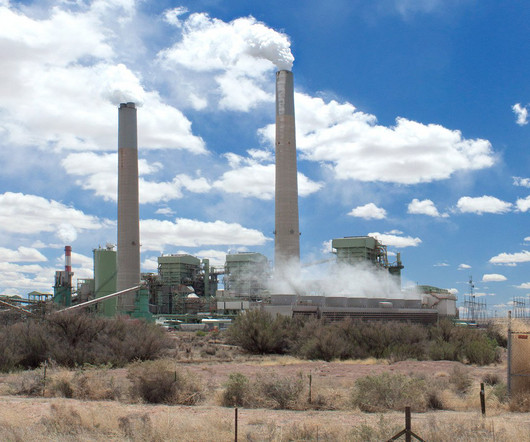



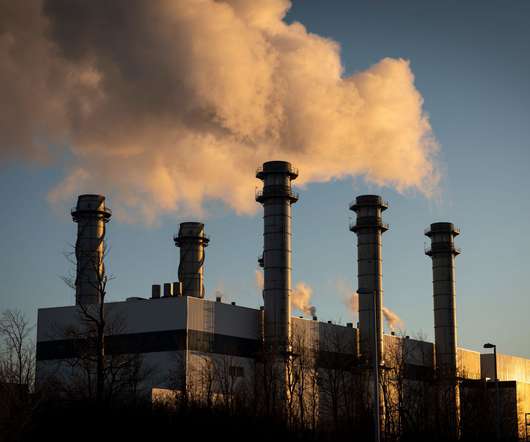
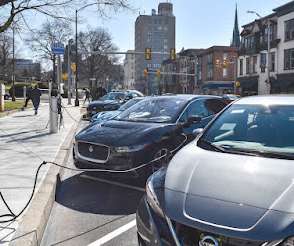
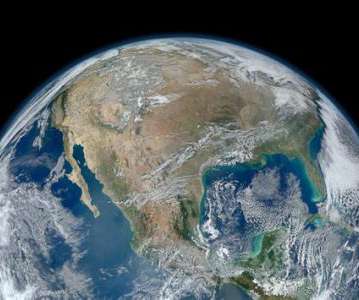

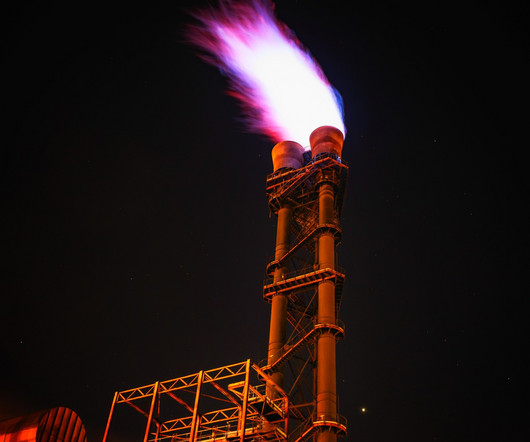









Let's personalize your content